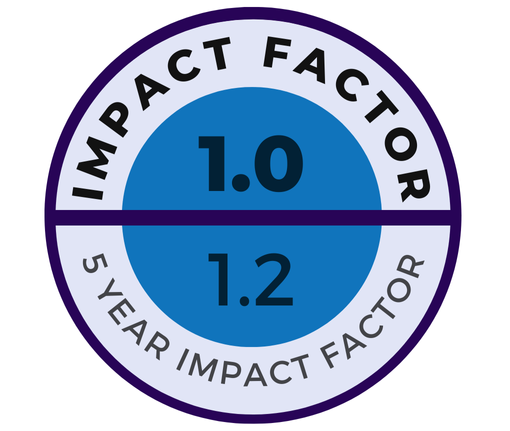Objective: Idiopathic male infertility is frequently associated with impaired semen
quality, particularly in men diagnosed with oligo-astheno-teratozoospermia (OAT) syn-
drome. Recent studies suggest a potential role of the endothelin (ET) system, particu-
larly ET receptors A (ETAR) and B (ETBR), in male reproductive physiology. Moreover,
antiestrogens such as tamoxifen and clomiphene, which are commonly used empiri-
cally in this context, may influence ET signaling pathways. However, the relationship
between ET receptor expression and specific subtypes of male infertility remains
poorly understood.
Methods: Semen samples were collected from 56 men: 15 fertile controls with normo-
zoospermia and 41 infertile men with abnormal semen parameters, including 22 with
OAT syndrome and 19 with isolated teratozoospermia. Men with identifiable female-
factor infertility were excluded. Seminal ETAR and ETBR expression were analyzed
using immunofluorescence microscopy, Western blotting, enzyme-linked immunosor-
bent assay (ELISA), and flow cytometry.
Results: The ETAR expression was significantly reduced in infertile men compared
to fertile controls (P < .05). The ETBR was undetectable in all samples from patients
with OAT syndrome. Notably, 2 distinct ETAR expression profiles were observed within
the OAT group: one subgroup with ETAR levels comparable to controls and another
with markedly diminished expression, indicating potential phenotypic heterogeneity
within OAT syndrome.
Conclusion: Altered ETAR expression and the absence of ETBR in men with idiopathic
infertility, particularly those with OAT syndrome, highlight a potential role for ET sig-
naling in male reproductive dysfunction. Stratification based on ETAR expression may
support individualized therapeutic strategies, including ET-targeted or antiestrogen-
based therapies, to improve fertility outcomes in this population.
Cite this article as: Weiten R, Brandenstein!M, Huerta M, et!al. Altered endothelin receptor expression in idiopathic male infertility: A potential therapeutic target. Urol Res Pract. 2025;51(1):27-32.

.png)
(1).jpg)

.png)